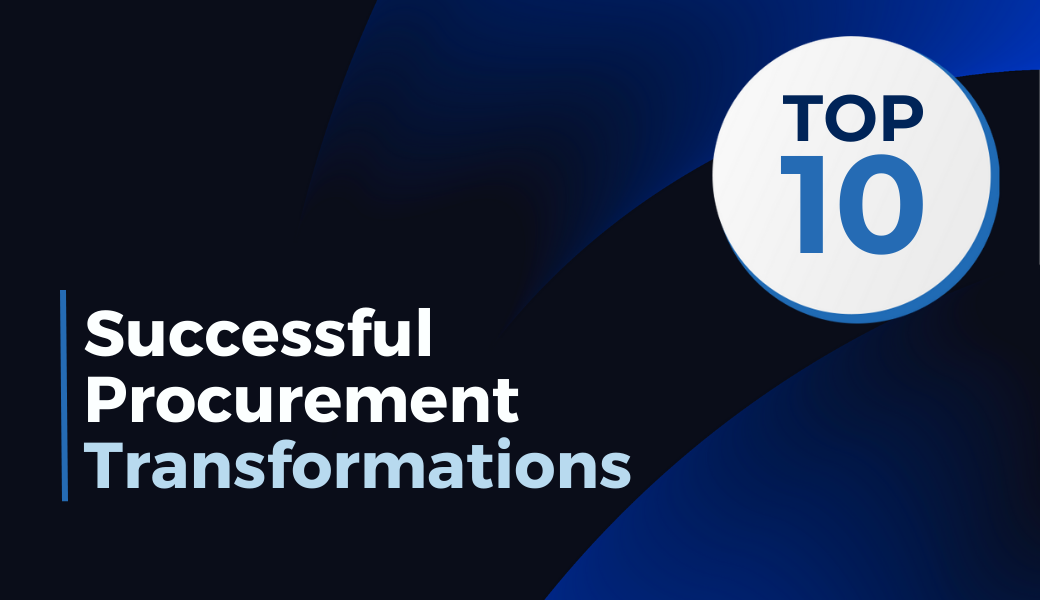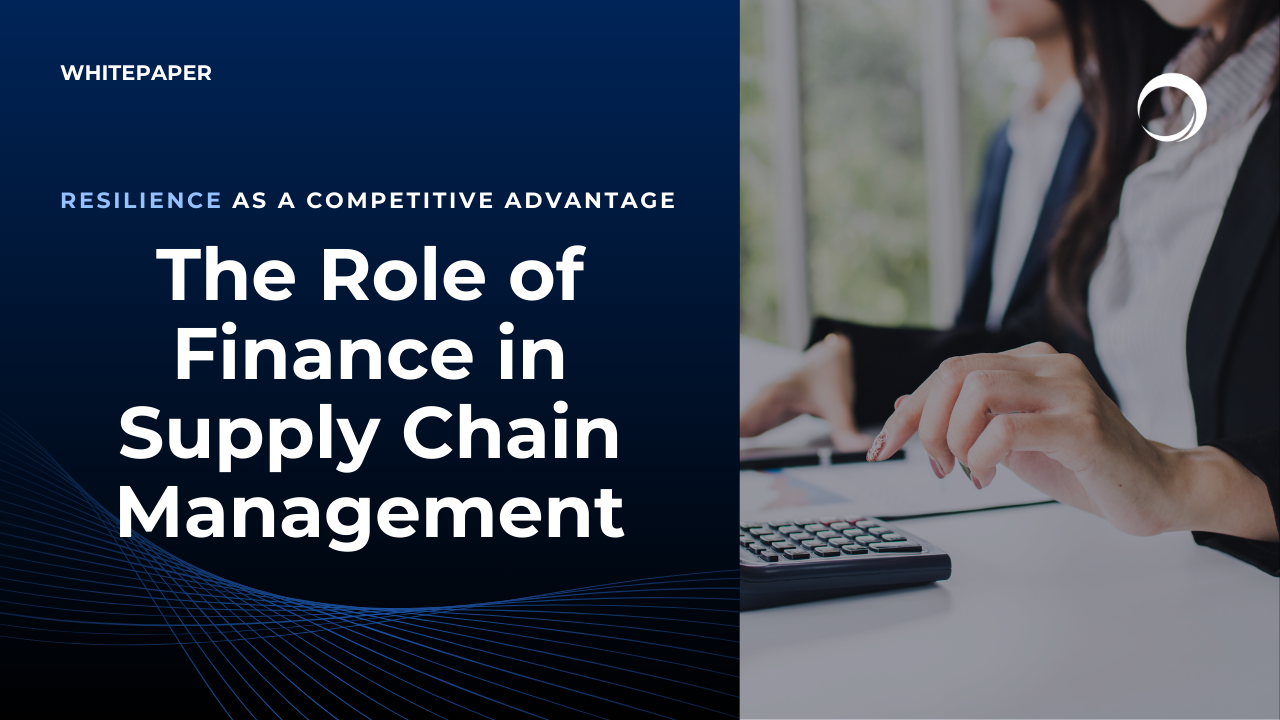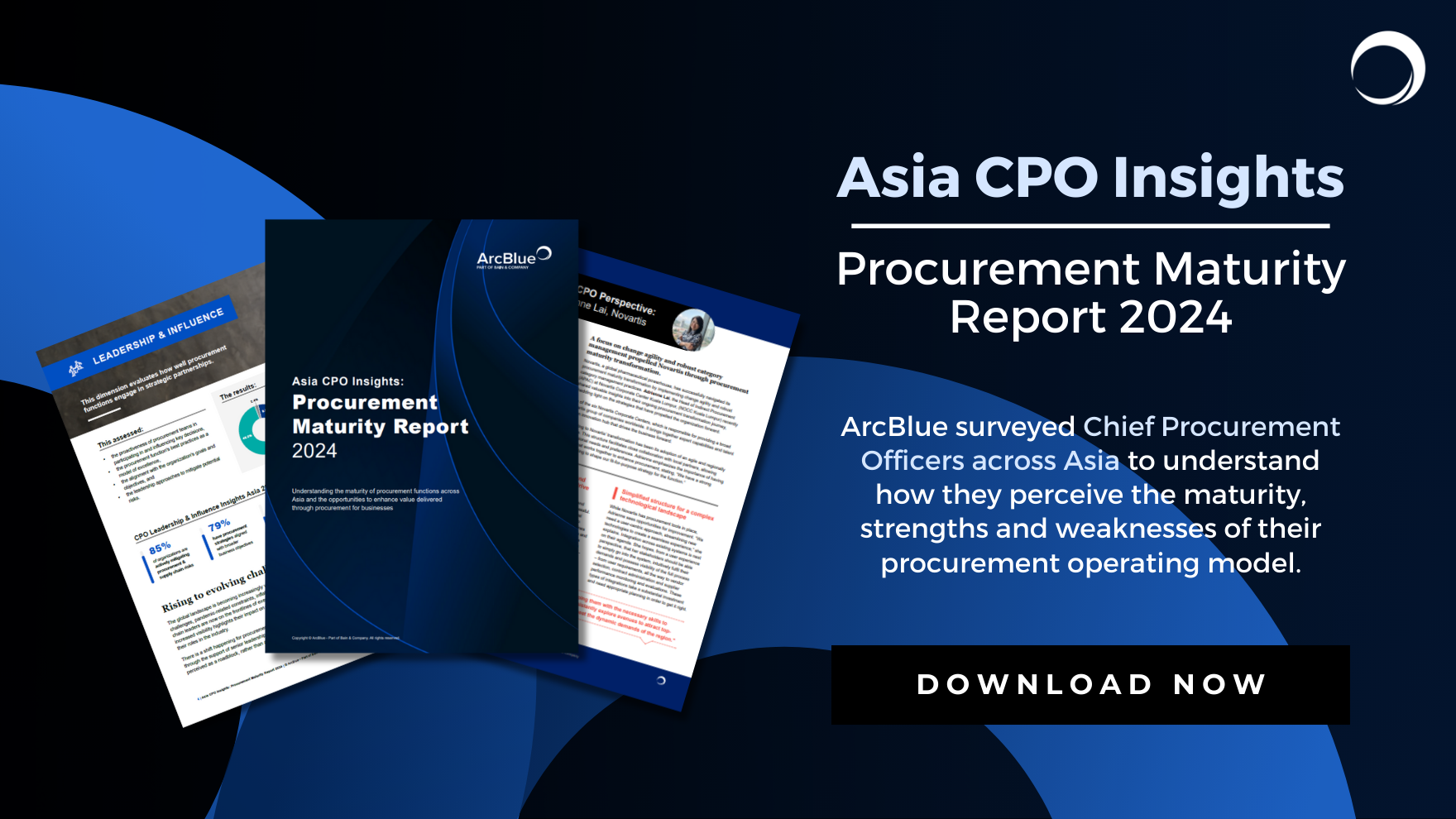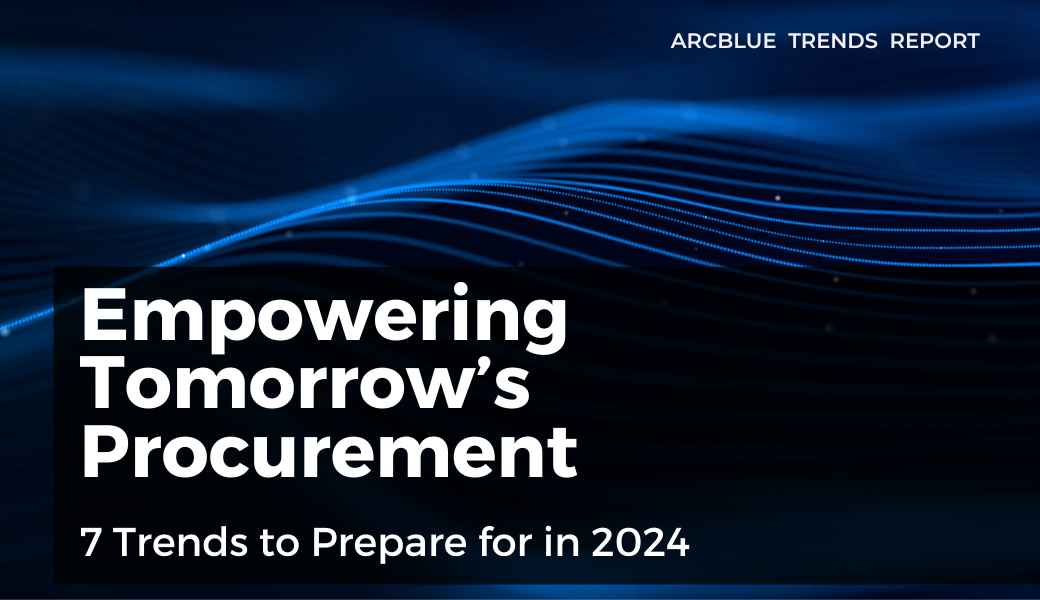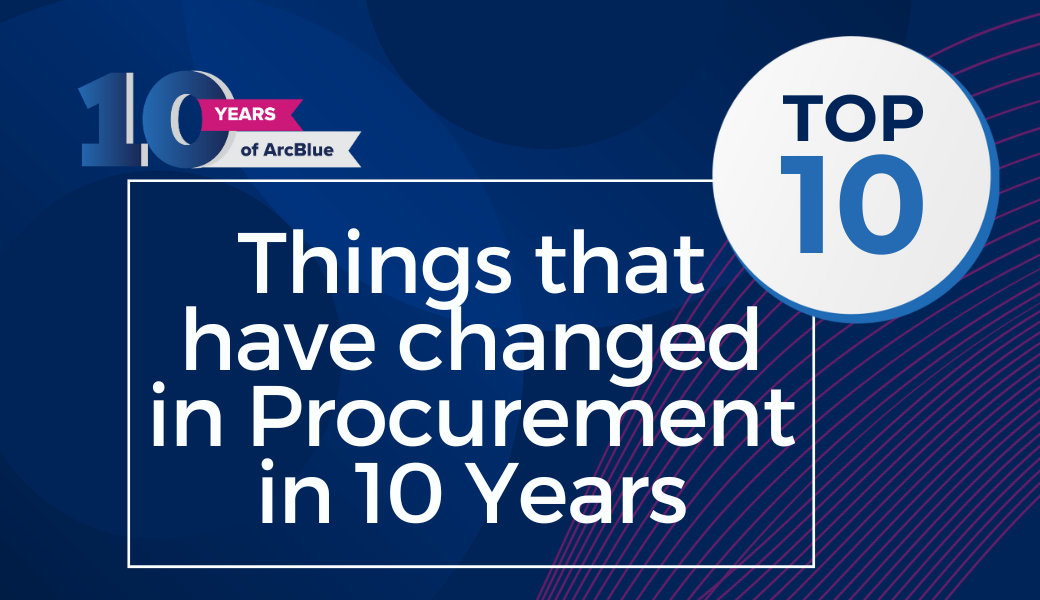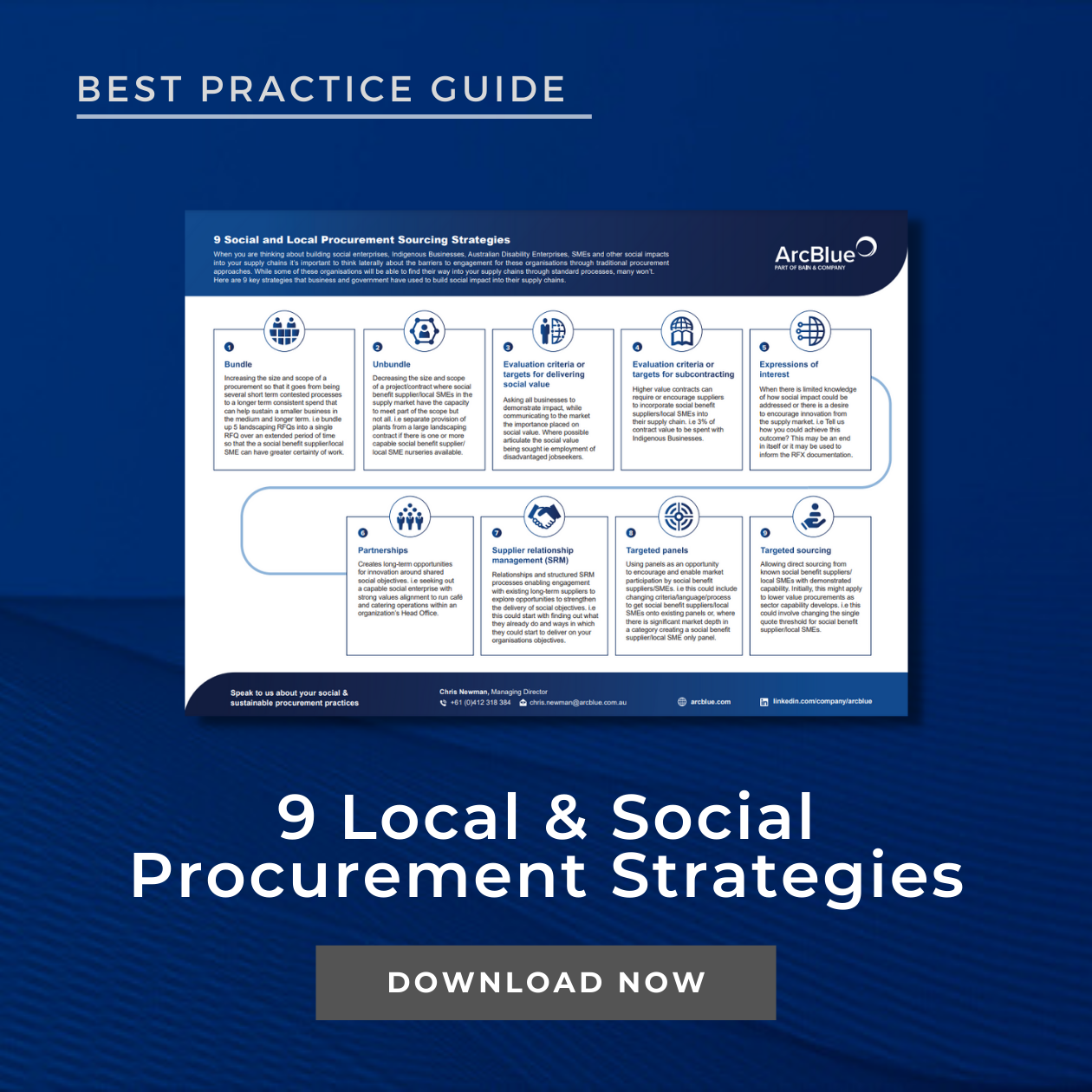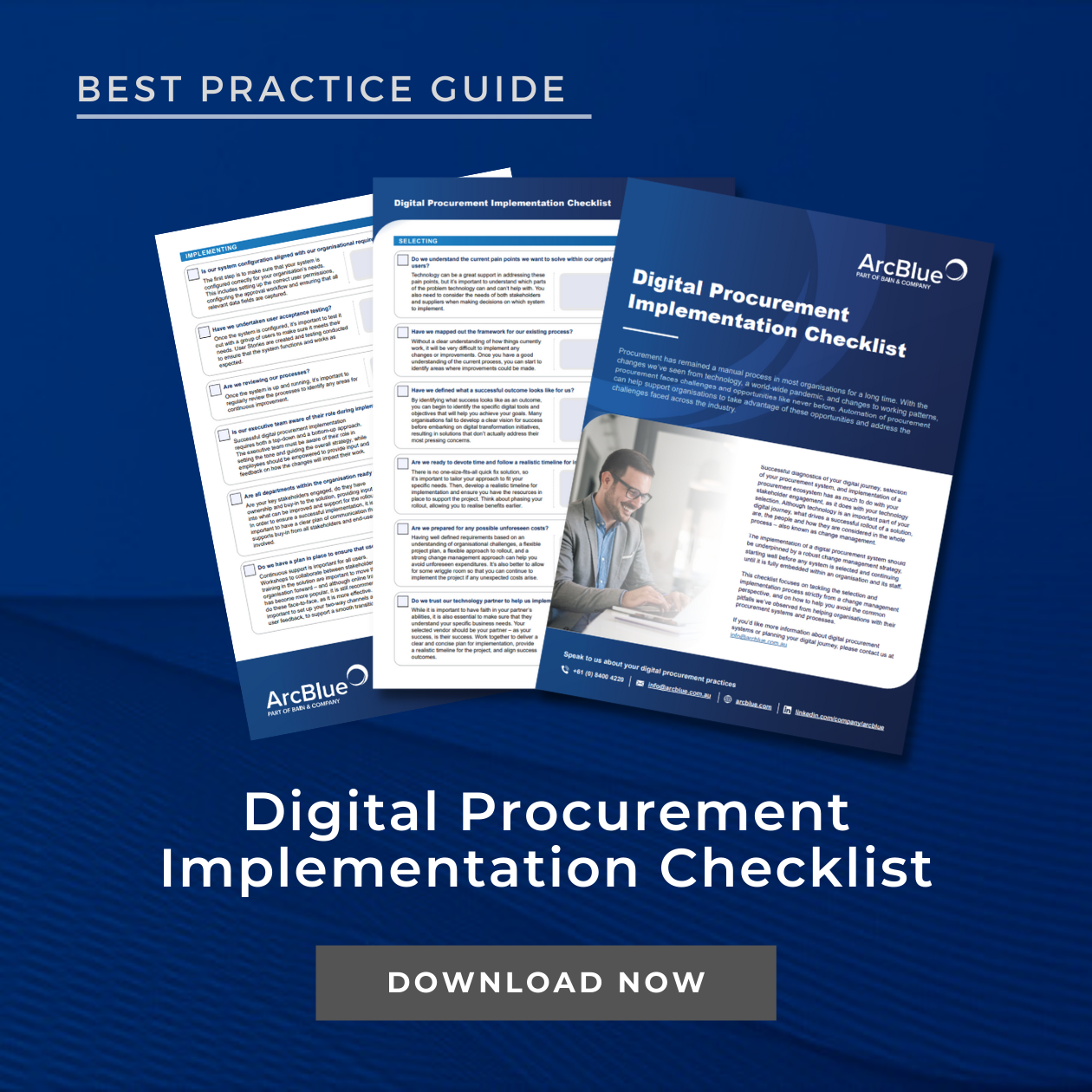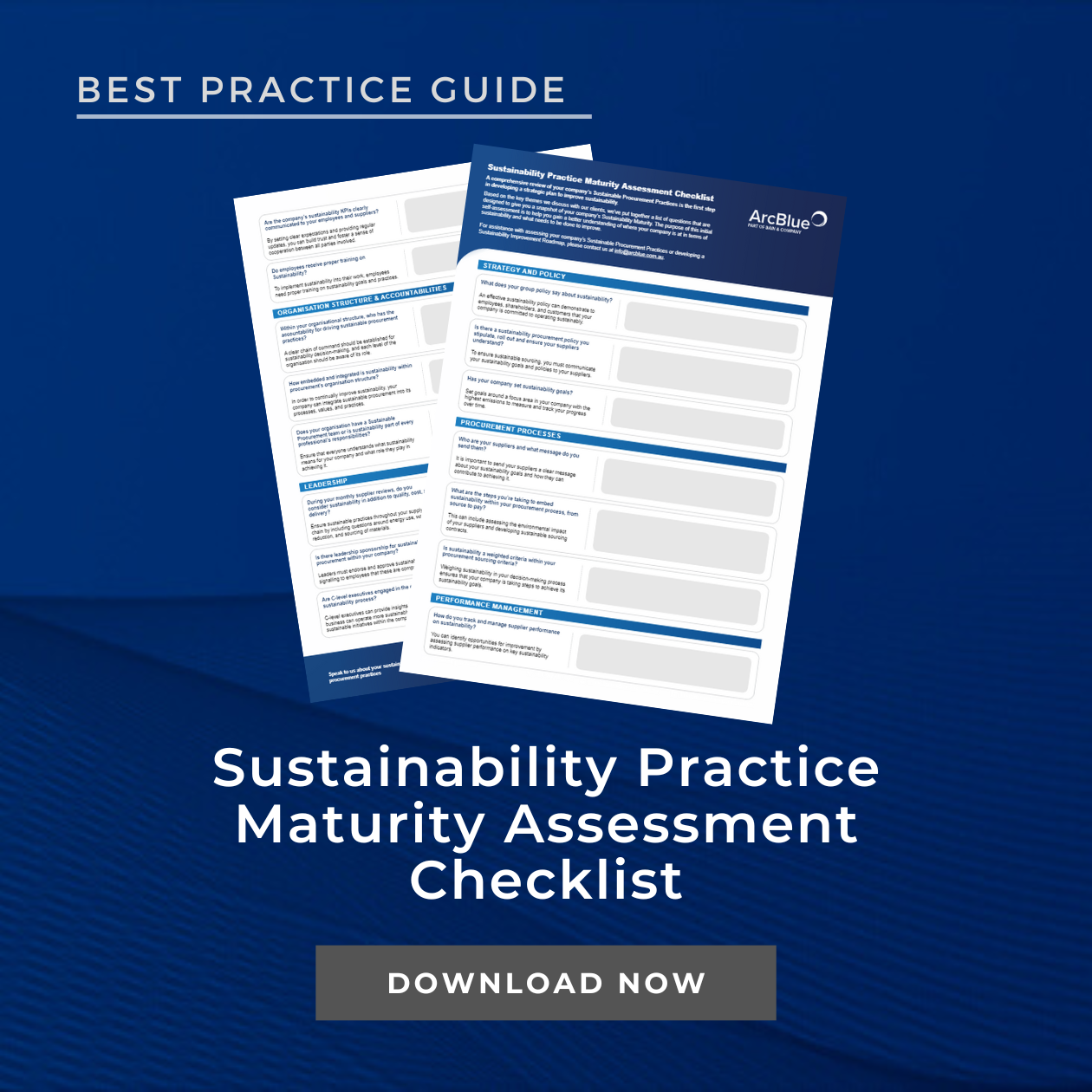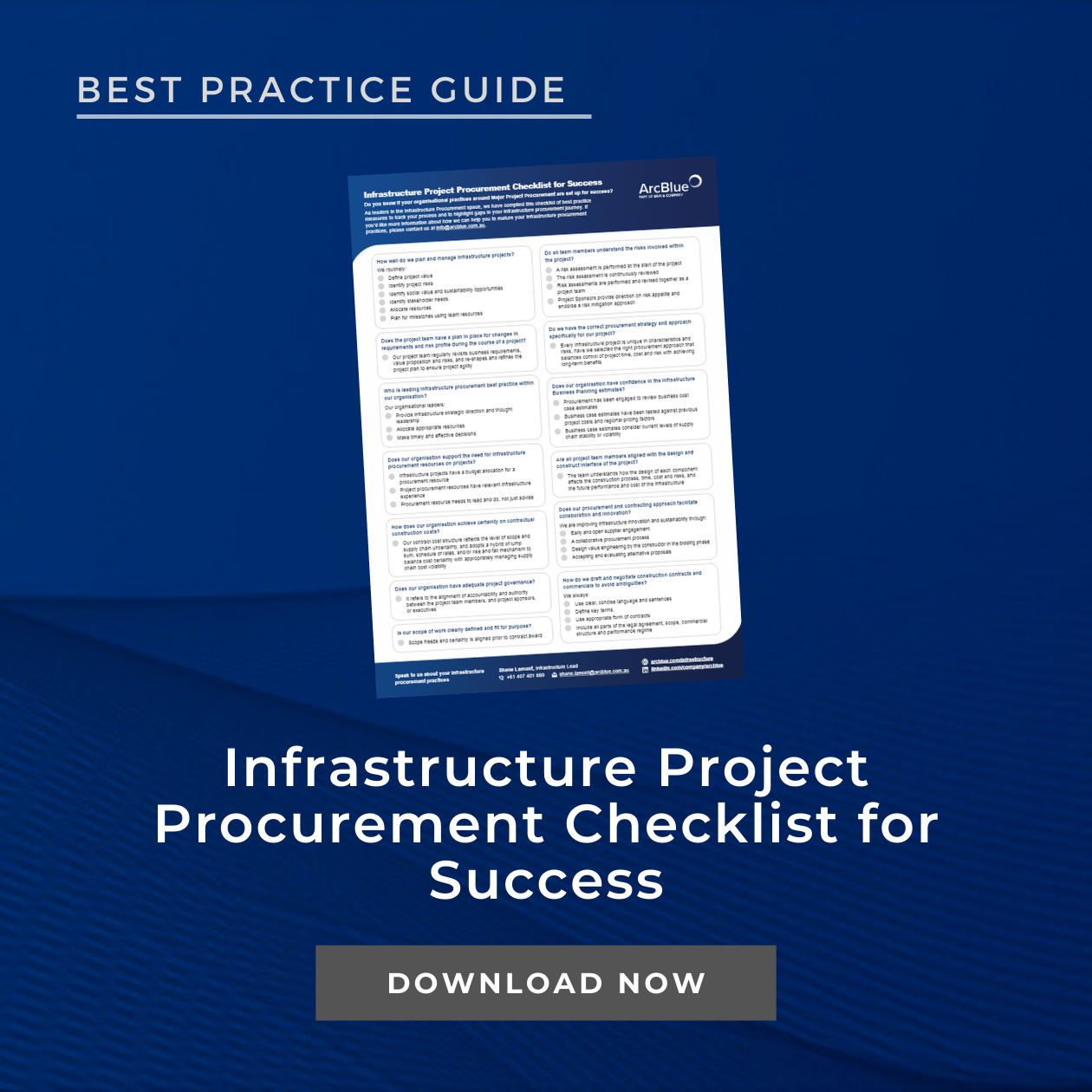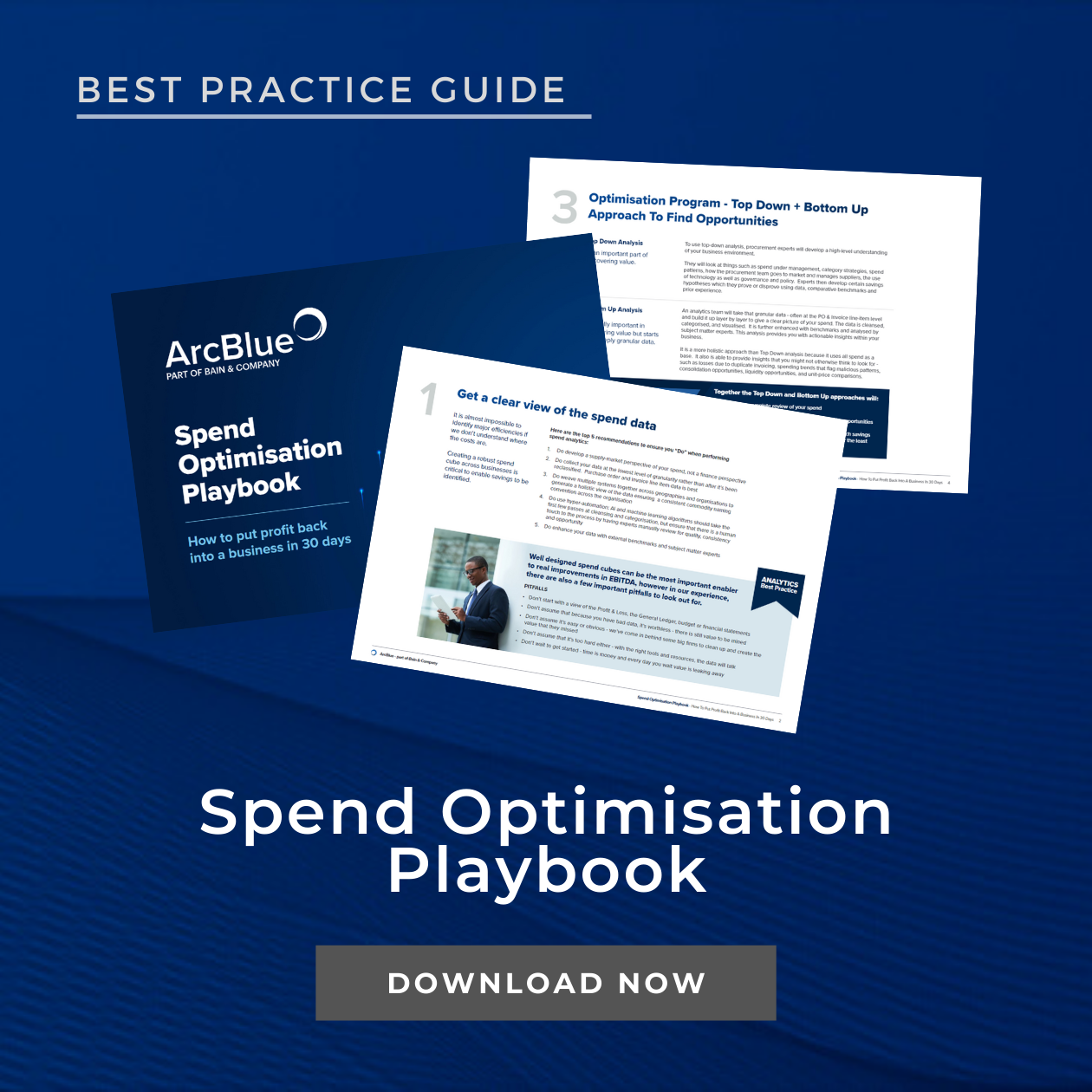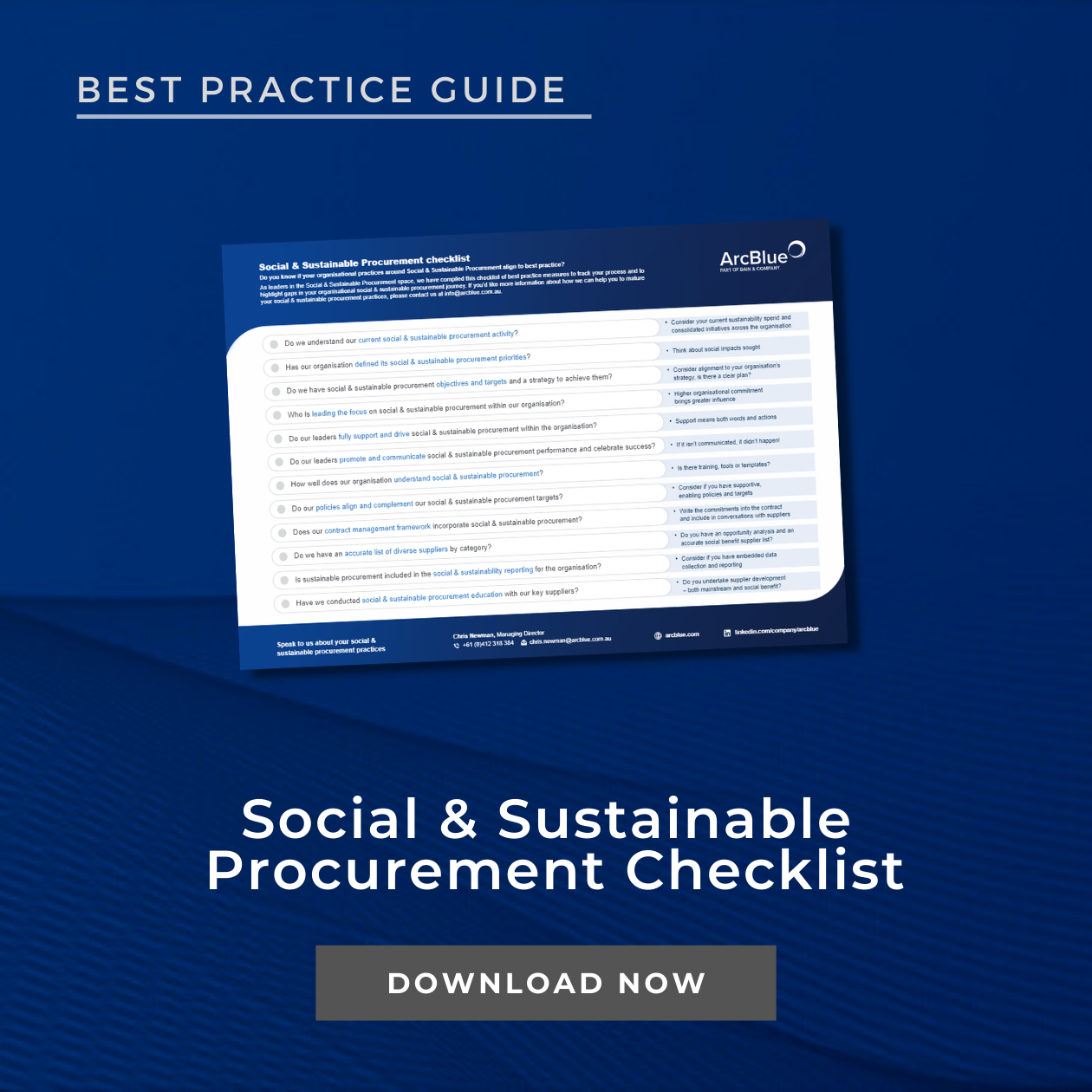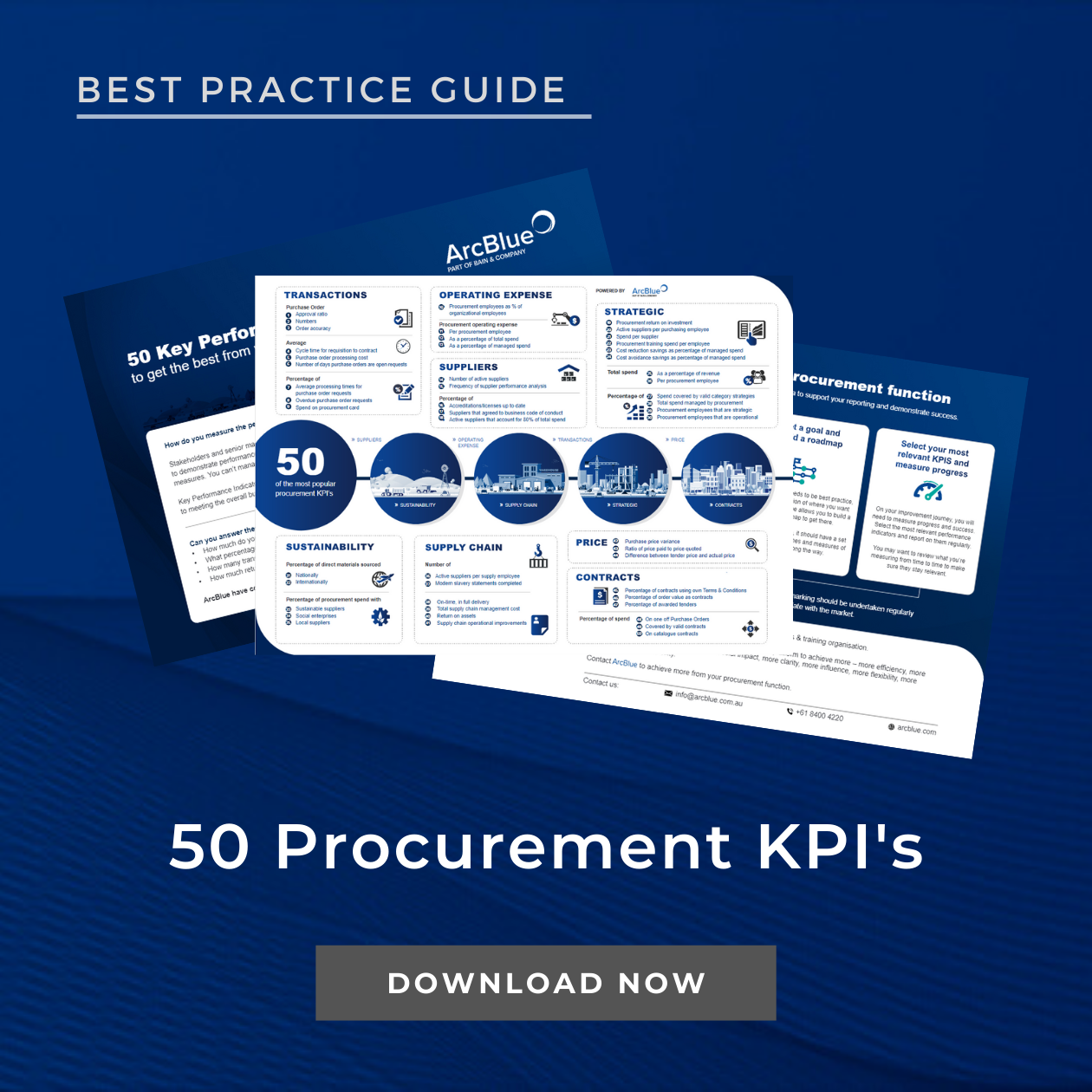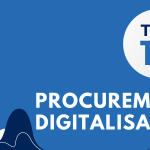- TOP 10 LIST
TOP 10:
Tips for Preparing Modern Slavery Act Statements
February 2020
The Commonwealth Modern Slavery Act 2018 (Cth) (the Act) came into force in Australia on 1 January 2019. The Act requires large organisations to report an annual statement on what they are doing to assess and address risks of modern slavery in their operations and supply chains.
The first statements were due in 2020 and were based on the activities organisations were undertaking! Senior Consultant Stephanie Mullaly shares her Top 10 tips to assist organisations with the supply chain aspect of their statements and help organisations combat the serious issues in relation to the 40 million victims of modern slavery all around the world, including in Australia.
1 Ensure your whole organisation knows what modern slavery is
Modern slavery is defined in the Act as including the following eight types of serious exploitation: trafficking in persons, slavery, servitude, forced marriage, forced labour, debt bondage, deceptive recruiting for labour or services and the worst forms of child labour. We recommend your personnel are trained on modern slavery: how to spot risks and report incidents, because no industry or sector is immune. There are a lot of freely available resources online.
2 Understand key reporting requirements
There are seven mandatory criteria organisations must address in their statements. The key criteria relating to supply chains are:
- Your organisation’s (and any entities it owns or controls) supply chains.
- The risks of modern slavery practices in these supply chains.
- Actions your organisation has taken to assess and address these risks and assess the effectiveness of these actions.
3 Map your supply chains
For the purpose of your statement, ‘supply chains’ include the products and services (including labour) that contribute to organisations’ own products and services. Supply chain mapping can seem like a daunting task if you have complex supply chains and/or poor-quality spend data. However, the first step is to look at the procurement data you already have, identify any gaps and create a plan to fill the gaps over time. Key information includes supplier names, geographic location and categorized spend. Supply chain data is a powerful tool to not only identify modern slavery risks but also drive better procurement outcomes.
4 Use spend data to identify potential modern slavery risks
The Act requires organisations to identify how risks of modern slavery practices may be present in their supply chains (and the supply chains of entities they own or control). Your first step is to collate and sort spend data by supplier, supplier geographic location, sector/industry, type of good, service or works (category) and spend. This data can then be overlaid with publicly available information about indicators of modern slavery and sorted into high, medium and low-level risks that your organisation has the potential to cause, contribute to or be directly linked to. This initial high-level overview of potential risks can then be prioritized by spend, volume and risk for further analysis.
5 Consider utilizing Supply Surveys for deeper analysis of potential risks
Many of our clients are finding that supplier questionnaires are a useful way to get further information to inform their risk assessments. However, before issuing hundreds of questionnaires to suppliers, consider the following:
- Do the questionnaires need to go to all suppliers? Can this be conducted over time?
- How do you assess the responses?
- How would your organisation answer the survey?
- What are other organisations in your sector/industry doing? Is there a common approach?
- Could relevant NGOs, industry professional bodies, local governments etc. assist?
- Would audits and third-party information banks also be appropriate?
6 Build modern slavery considerations into your procurement/supply life cycle
Planning: Consider potential modern slavery risks with the goods, services and/or works that are being procured and the potential suppliers (and their supply chains) as part of forward procurement plans, category management and individual procurement activity planning (including how your specifications may lead to an increased risk of modern slavery occurring).
Sourcing: In RFx documents, consider including a statement about your organisation’s ongoing commitment to addressing modern slavery, relevant response questions to inform modern slavery risk assessments and drive positive behaviour, evaluation criteria relating to modern slavery expectations, declarations/codes of conduct and including contractual mechanisms to support you to continue to assess and address risk.
Management: Have an ongoing discussion with your suppliers about modern slavery and find ways to work together to improve.
If your organisation is a supplier, you should also consider what information you may need to gather to provide to your buyers.
7 Use your champions
Leverage and build off existing organisational policies, governance arrangements, and tools and processes for other matters such as ethics, sustainability and social procurement. Are there already organisational champions you can work with?
8 Assess the effectiveness of your actions
Your organisation may have assessment mechanisms relating to human rights or sustainable and social procurement objectives that could be leveraged for modern slavery. This could include, for example, a requirement for all staff to read relevant policies and undertake necessary training.
9 Collaborate with other departments in your organisation
While it may make sense for procurement or supply teams to take the lead on modern slavery, we encourage you to collaborate with other parts of the business such as Finance, HR, Legal, Risk and Compliance, and Sustainability who will be able to contribute by looking through their own lens. It’s important that those working on the supply chain aspects of the statement collaborate with those completing the operational aspects.
This is also a great opportunity for procurement and supply teams to proactively interact with other parts of the business and raise the function’s profile.
10 If you do find modern slavery in your supply chain…
This is a very sensitive matter and needs to be addressed in a considered way with a focus on people in harm’s way. Ensure you’re prepared for this by having a remediation procedure in place. You can refer to the Commonwealth Government’s Guidance for Reporting Entities for advice on how to respond within your statement, available here.
ArcBlue is a specialist procurement consultancy at the forefront of the growing field of social and sustainable procurement. We have Modern Slavery Act 2018 (Cth) expertise and can assist you in assessing and addressing the risks of modern slavery in your supply chains and preparing your annual statements. Please find more information on our website or reach out to stephanie.mullally@arcblue.com.au.
*Note: This article is not legal advice.
References & Resources:
There are many great resources available online, key information includes:
ArcBlue leverages our globally leading consulting, training and analytics practices and our expert team into our social procurement services to support our clients across all layers of government, the private sector, not-for-profits, Indigenous businesses and social enterprises.
Speak to us about driving positive change through Social Procurement.
INSIGHTS
RESOURCES & DOWNLOADS







